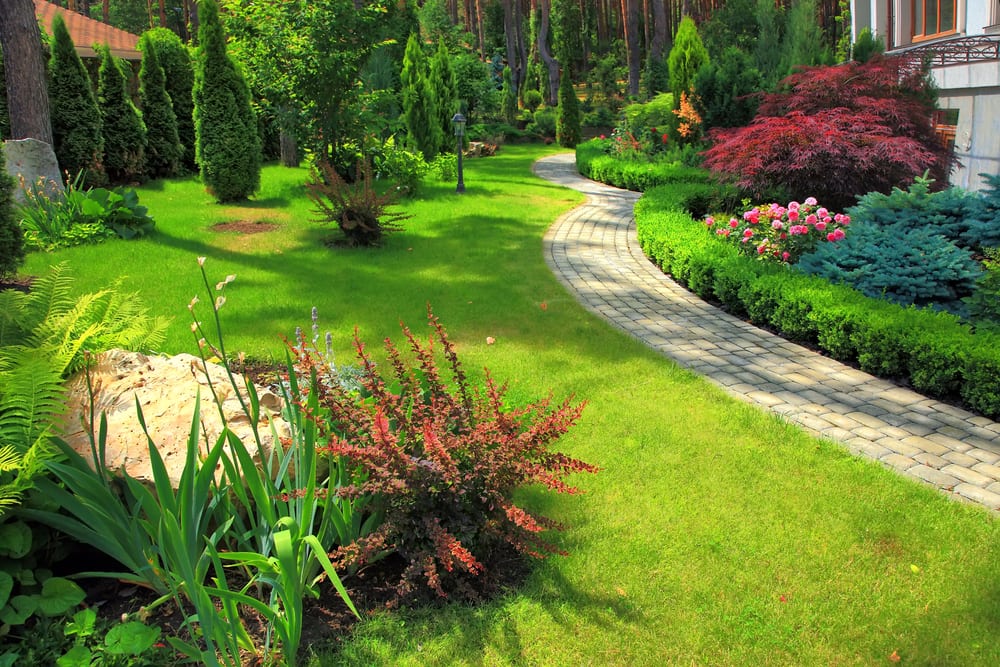
Florida has an ideal climate for gardening. Unfortunately, this weather provides good conditions for insects to thrive. Many different insects attack our gardens & landscapes, making it difficult to predict which pests are causing the problems.
There are also insects which are beneficial and essential to our garden. Beneficial insects feed on harmful ones a few of them are: lady bugs, praying mantis, assassin bugs, lacewings, & parasitic wasp. Spiders also pray on numerous insect pests.

Diseases are also prevalent because of this humid & hot climate. Fungus is the cause of most plant diseases, but bacteria and viruses can do much damage to plants too.
Make sure you know what you are dealing with before you treat your plant.
Different pests causes different damage.
Insects can become pests when they cause damage to our plants. The signs of damage depend on the way the insects feed on plants.
Some insects have chewy mouthparts, which put holes and tear in leave or attack the roots. Examples include caterpillars, beetles, grasshoppers, and katydids.

Other pests have piercing-sucking mouthparts, these insects cause wilting, yellowing or plant to brown. Examples of these are: scales, aphids, whiteflies, mealybugs, thrips, lacebugs & spittlebugs.

Be Ahead of the Problem
Prevention is the key.
- Choose the right plant for the right place
- Choose pest-resistant varieties
- Take care of your plants by watering & fertilizing appropriately
- Inspect plants frequently, helps detect pest problems early. Check your plants 2X’s a week. Be sure to look at branches and both the upper and underside of leaves
Treat Pest Problems
Remove the affected leaves or plant parts. You can often reduce or eliminate the problem by simply removing the affected areas.
Pick of insects by hand. Dispose of any insects so they don’t return to feed.
Plants with some damages don’t always need to be treated. There will always be insects in any healthy landscapes.
If pesticides use is necessary, remember to choose products that are less harmful to people, pets & wildlife:
- Insecticidal soap, horticultural oils (neem & rotenone), microbials (bacillus thuringiensis, Spinosad & abamectin) and entomopathogenic nematodes (small worms that kill insects)
- Spot treat affected areas only. Never blanket applications to treat problems.
- Apply pesticides during the cooler part of the day. Heat combined with soaps, horticultural oils & other pesticides can injure plants.
- Always read label to find out which plants a product can be applied & which are sensitive to product. If unsure about appling a product, test in on a small area of plant first. Check 1 or 2 days. Phototoxicity or chemical injury looks like leaf burn on edge of leaves.
Now, we’re confident that you will be able to deal with pesky pest problems. Thank you for the time in reading our What to Do With Pests in Your Garden article! Our blog section is updated regularly to provide you with useful South Florida landscape design information. If you have any questions or want help with landscape design then please visit our Contact Us page.
